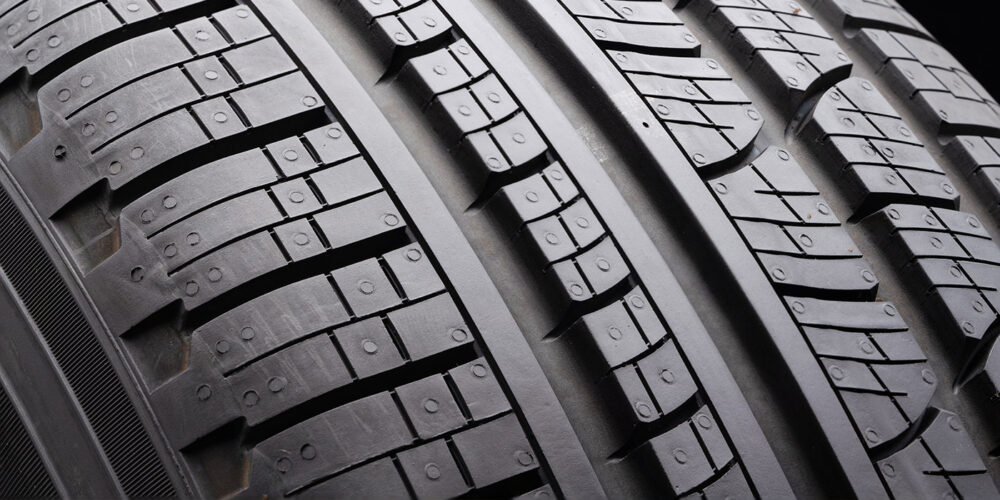We’ve all made the mistake, at least I know I have. Every now and then, I get tunnel vision during diagnostics, and forget to think about the big picture. And this last episode even violated my cardinal rule: don’t leave a malfunction indicator light (MIL) unresolved.
I always recommend fixing every problem that causes the MIL to illuminate. I hear the excuses all the time about why people would rather live with the light, but I always tell them, even if the immediate cause of the light doesn’t affect the dependability of the vehicle, if something else happens that does, you’ll have no idea of knowing. That’s the beauty of computer controls. You always know when something is going on.
Just a couple weeks ago, a friend called me because they were having trouble with the transmission in their 2000 Jeep Cherokee. It was shifting erratically, and it occurred after driving on a very hot day. The fluid was dark in color, and when it last had been changed was unknown.
This particular vehicle was located in Arizona, so phone-only troubleshooting was the only option. I decided to focus on the condition of the fluid and the hot climate. We’ve all faced neglected and burnt transmission fluid and had to make the decision of change or not to change. Some say change it, but some say that may cause the transmission to completely fail, so leave it alone.
I decided to roll the dice, and, in this situation, I decided the fluid should be changed. Then, knowing the climate, I decided to dig in and focus on the other factors that could affect the fluid. After asking questions, I learned that the cooler in the radiator had been bypassed and the only cooler was a small aftermarket unit. I also discussed the fact that if the fan clutch was not operating properly, it could cause a problem with cooling as well.
Taking my advice, the Jeep’s owner changed the fluid and filter, installed a new radiator, reconnected the transmission lines to it, installed a new aftermarket cooler in line and installed a new
fan clutch.
After performing all the work, the transmission continued with its erratic shifting. No better, no worse. The next day, unexpectedly, the engine stalled when coming to a stop. This had never happened before. The Jeep’s owner decided to check for trouble codes and found a code for the throttle position sensor (TPS).
He didn’t think about looking for codes before because the MIL was already illuminated for another problem. He was “living with the light.” After replacing the TPS, not only did the engine run better than it had in a while, but the transmission shifted perfectly and has ever since.
Of course, it all makes perfect sense. I wasn’t there to see the MIL, I didn’t think to ask if it was illuminated, and on or not, I didn’t even think to check for codes. My tunnel vision in this case only made me think about the transmission fluid, not the information the transmission needs to know in order to shift properly. Luckily, the outcome was good and the owner is happy knowing the transmission is serviced and the fluid is being properly cooled. TS













